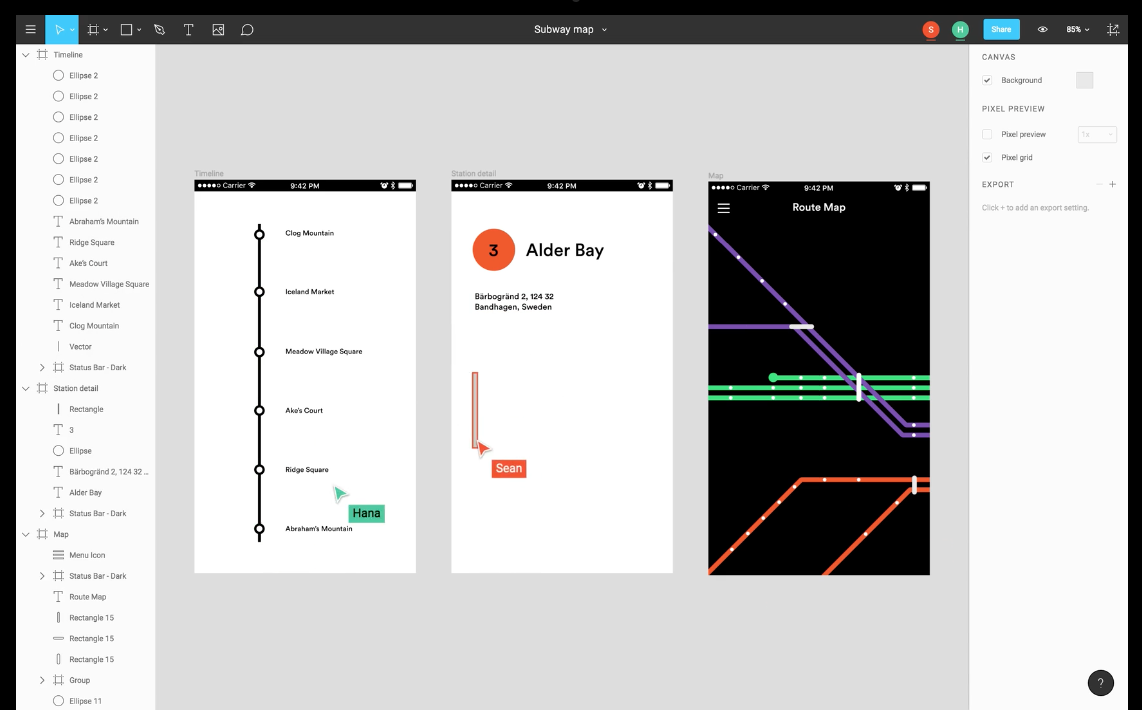Figma
Ce chapitre va documenter Figma, une application de dessin vectoriel.

Un historique
En 2012, Dylan Field, alors âgé de 21 ans (né en 1992), s’associe avec Evan Wallace (un développeur qui a travaillé pour Microsoft et Pixar) pour lancer la startup Figma. Ils démarrent en 2013 avec un investissement de 3.8 millions de dollars, suivi par une levée de $14 millions en 2015.
Après trois années de développement, la première version de Figma (preview release) est dévoilée en septembre 2015. Une année après, en septembre 2016, l’application Figma est ouverte au public.
En septembre 2022, Adobe a annoncé le rachat de Figma pour 20 milliards de dollars.
Citations
“The role of the designer is more cross-functional than ever before. Designers are at the center of the organization: on any given day they might find themselves sharing assets with another designer, adjusting copy for marketing or making redlines for an engineer. While engineers have built all sorts of tools which make it easy for them to work as a team, designers are still in the dark ages when it comes to collaborative workflows.” - source: Dylan Field, décembre 2015
“Currently, collaborating to build a UI is more work about work than actual work. If one team member wants to change an icon, they have to find and download the latest design, check email or Slack for commentary, make an edit, save it, export it, upload or email it, and then wait for everyone else to jump through these hoops. Making the actual design change took only a fraction of that time.” - source: Josh Constine, décembre 2015
Articles
- Grid Systems for Screen Design, Johan Prag, 15 décembre 2015.
- Introducing Vector Networks, Evan Wallace, février 2016.
- Multiplayer Editing in Figma, Evan Wallace, septembre 2016.
- Components in Figma, Rasmus Andersson, décembre 2016.